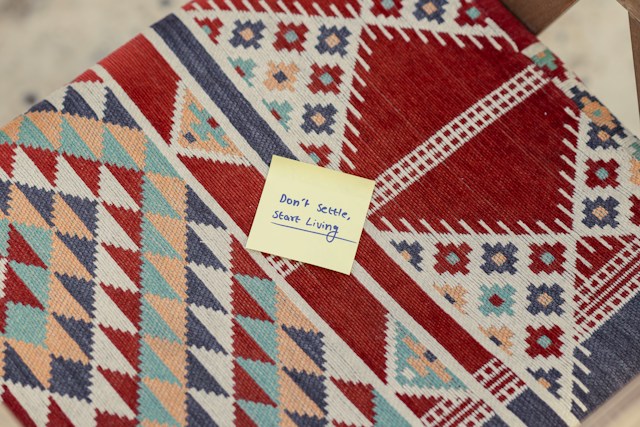
Unique Native American Floor Area Rug Offerings
Overview of traditional Native American rug designs and patterns
Native American rugs have a rich history and are known for their intricate designs and patterns that often reflect the culture and traditions of the tribes that create them. These unique floor area rugs offer a glimpse into the artistic talent and craftsmanship of Native American artisans.
Traditional Native American rug designs often feature geometric patterns, symbols, and motifs that hold special significance within the tribe. For example, Navajo rugs typically include diamond shapes representing mountains or rain, while Cherokee rugs may incorporate swirls symbolizing water or life force.
Each rug is handcrafted using natural materials such as wool, cotton, or jute, which are dyed with plant-based dyes to achieve vibrant colors. The weaving process itself is a labor-intensive art form passed down through generations, with each rug telling a story and carrying on ancestral knowledge.
These rugs are not only beautiful works of art but also functional pieces that can add warmth and character to any space. Whether displayed on the floor or hung on a wall, Native American rugs bring a touch of cultural heritage and tradition into modern homes.
In conclusion, traditional Native American rug designs offer a unique blend of history, artistry, and cultural significance. By incorporating these timeless pieces into our living spaces, we honor the legacy of Indigenous peoples while adding a touch of beauty and authenticity to our surroundings.